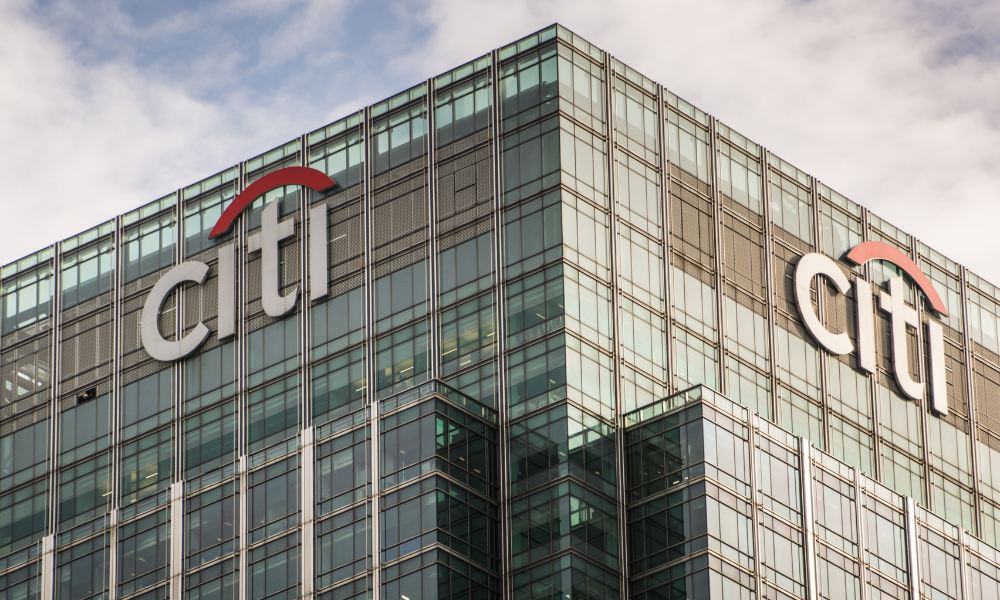Middle ground between whole life and term life insurance could be a relatively strong investment

When it comes to life insurance, some buyers may prefer to buy term life, as paying less on premiums would give them more financial room to invest. Others may be advised to get permanent life insurance that allows them to “be their own bank,” or use other strategies that would supposedly make it the only investment they’ll need.
But one middle-ground option may prove to be interesting and beneficial to consumers: return-of-premium term insurance.
“You have life insurance coverage for some term (20 or 30 years) and if you survive that entire term, … you get all of your premiums back,” explained Derek Tharp, assistant professor of finance at the University of Southern Maine and founder of Conscious Capital, in a piece for the Wall Street Journal. Premiums for such policies, he added, tend to be higher than those for a comparable term-life insurance policy.
While return-of-premium policies offer relief from the sting of potentially paying for a product you wind up not using, some say those premium payments still represent a lost opportunity. Even if the premiums are returned, critics argue, it’s still money that has missed out on years of compound interest.
But Tharp countered that since the bulk of those premiums goes to term-life insurance coverage, it’s just the difference in price compared to traditional term life that should be thought of as the cash flow underpinning the “investment” that would, upon the end of the policy coverage, represent the lump sum of all previously paid premiums that you’ll get back.
Running quotes for return-of-premium insurance for a hypothetical healthy 30-year-old male resident of Maine, he found that a US$1-million traditional 30-year term life policy would cost roughly US$643 per year. The corresponding return-of-premium policy, meanwhile, would cost around US$1,070. The difference of US$427 per year, he said, should be counted as the “investment” that would allow the individual to recoup the US$32,100 in total premiums he would have paid by the end of the contract.
“We can calculate the internal rate of return (IRR) on this stream of cash flows, which yields a value of 5.4%,” Tharp said, noting that it represents a very strong return for a contractually provided investment not subject to potential market risk, especially as 30-year Treasurys are currently providing sub-2% returns. “Furthermore, this return is provided tax-free.”
Tharp acknowledged that an analysis of other age scenarios could turn out differently. There’s also the fact that return-of-premium insurance represents a much less liquid “investment” than many traditional asset classes, and the consumer may end up feeling trapped in a policy if they decide later on that they don’t want the insurance, or come across a comparable policy that costs less.
“But, ultimately, particularly for those who feel comfortable committing to a full 30-year term obligation, return-of-premium term insurance may be worth a closer look as a solution that provides both insurance coverage and a decent investment,” he said.



